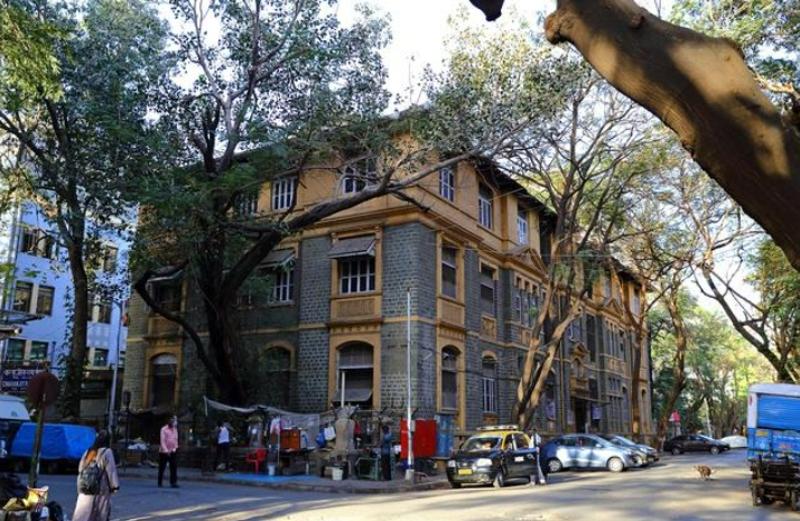The Six Roads of Tianjin Wudadao: Exploring the Heart of History and Architecture
Tianjin Wudadao, often referred to as the Five Great Avenues, actually consists of six main roads: Machang Road, Munan Road, Dali Road, Changde Road, Chongqing Road, and Chengdu Road. Let's delve deeper into each of these iconic streets that form the heart of historical and architectural richness in Tianjin.
Reference: Tianjin Wudadao: A Cultural and Historical Tourism Area
1. Machang Road (马场道)
Machang Road, known for its vibrant atmosphere and historical significance, is one of the central streets in Wudadao. It was initially named due to its proximity to the old horse racing field during the concession period. Today, it boasts a blend of European architectural styles, including Gothic, Baroque, and Romanesque, reflecting Tianjin's unique cultural fusion during the late 19th and early 20th centuries.
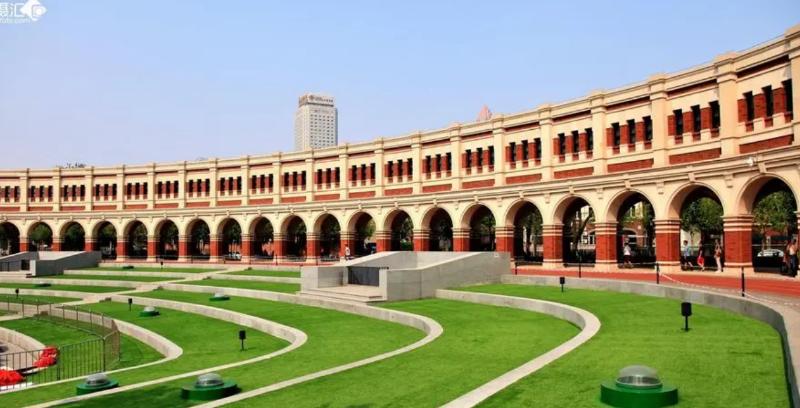
2. Munan Road (睦南道)
Munan Road, adjacent to Machang Road, is famous for its tree-lined avenues and elegant residences. The name "Munan" translates to "friendly South," symbolizing the harmonious coexistence of different cultures. This road showcases a mix of French and Italian architectural styles, with ornate facades and intricate detailing that captivate visitors and historians alike.
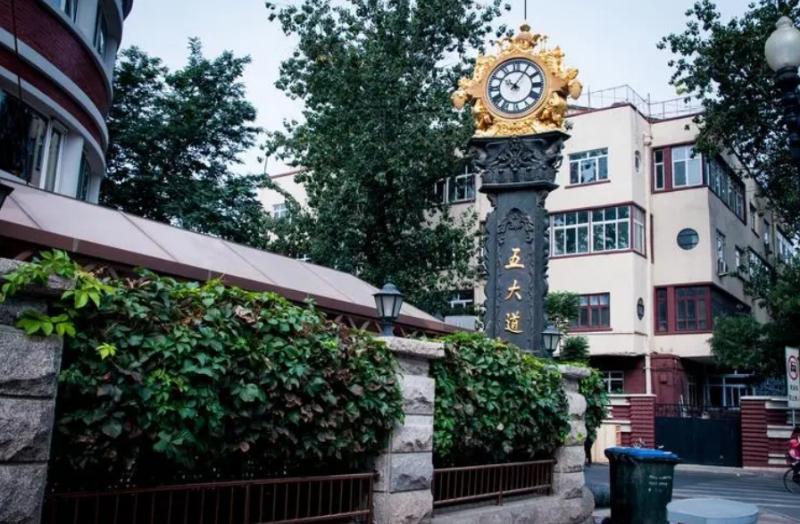
3. Dali Road (大理道)
Dali Road, located in the heart of Wudadao, exudes grandeur and sophistication. It is named after the ancient city of Dali in Yunnan Province, known for its rich cultural heritage. This road features a wide array of architectural styles, including English Tudor, Spanish Revival, and Art Deco, offering a glimpse into the diverse influences that shaped Tianjin's urban landscape.
4. Changde Road (常德道)
Changde Road, characterized by its stately mansions and tree-lined boulevards, is a testament to Tianjin's historical prominence. The name "Changde" signifies stability and virtue, reflecting the aspirations of its early inhabitants. This road showcases predominantly German architectural styles, with imposing facades and meticulous craftsmanship that embody the spirit of resilience and progress.
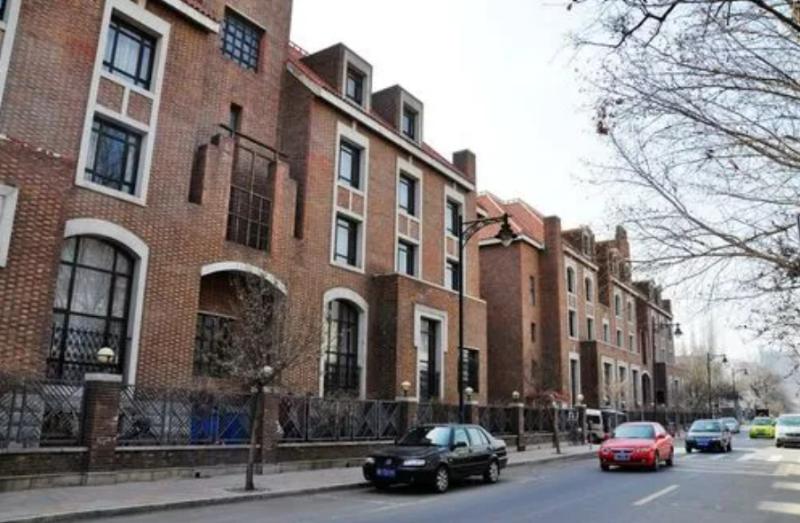
5. Chongqing Road (重庆道)
Chongqing Road, known for its bustling ambiance and cultural diversity, is a melting pot of architectural marvels. It derives its name from the vibrant city of Chongqing, symbolizing vitality and dynamism. This road features a mix of French, British, and American architectural influences, with ornate balconies, intricate wrought ironwork, and majestic colonnades that evoke a sense of timeless elegance.
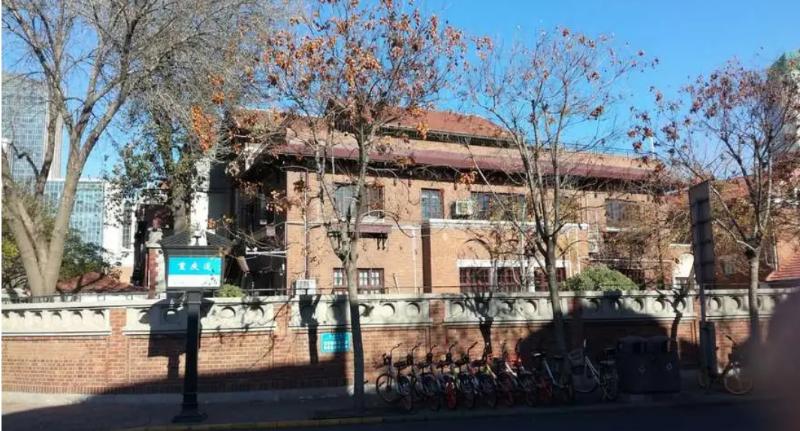
6. Chengdu Road (成都道)
Chengdu Road, the southern boundary of Wudadao, serves as a gateway to Tianjin's rich cultural heritage. It takes its name from the historic city of Chengdu, known for its laid-back charm and traditional elegance. This road showcases a fusion of Chinese and Western architectural styles, with pagoda-inspired rooftops, intricate lattice windows, and serene courtyard gardens that embody the essence of harmony and balance.
In conclusion, the six roads of Tianjin Wudadao offer a captivating journey through history and architecture, reflecting the city's multicultural heritage and cosmopolitan charm. Each street tells a unique story, weaving together the past and present to create a tapestry of cultural richness and artistic expression. As visitors stroll along these iconic avenues, they are transported to a bygone era of elegance and grandeur, where every building is a testament to Tianjin's enduring legacy.
Q&A
1. What is the significance of the name "Wudadao" in Tianjin?
Answer: "Wudadao" translates to the "Five Great Avenues," but in reality, it comprises six main roads. These avenues represent the heart of Tianjin's historical and architectural heritage, showcasing a diverse range of building styles and cultural influences.
2. How does each road in Wudadao contribute to Tianjin's cultural landscape?
Answer: Each road in Wudadao has its own unique character and architectural style. For example, Machang Road features Gothic and Baroque architecture, while Munan Road showcases a blend of French and Italian influences. Dali Road boasts English Tudor and Spanish Revival styles, while Changde Road predominantly exhibits German architectural elements. Chongqing Road combines French, British, and American influences, and Chengdu Road features a fusion of Chinese and Western design aesthetics. Together, these roads form a mosaic of Tianjin's cultural diversity and historical legacy.
